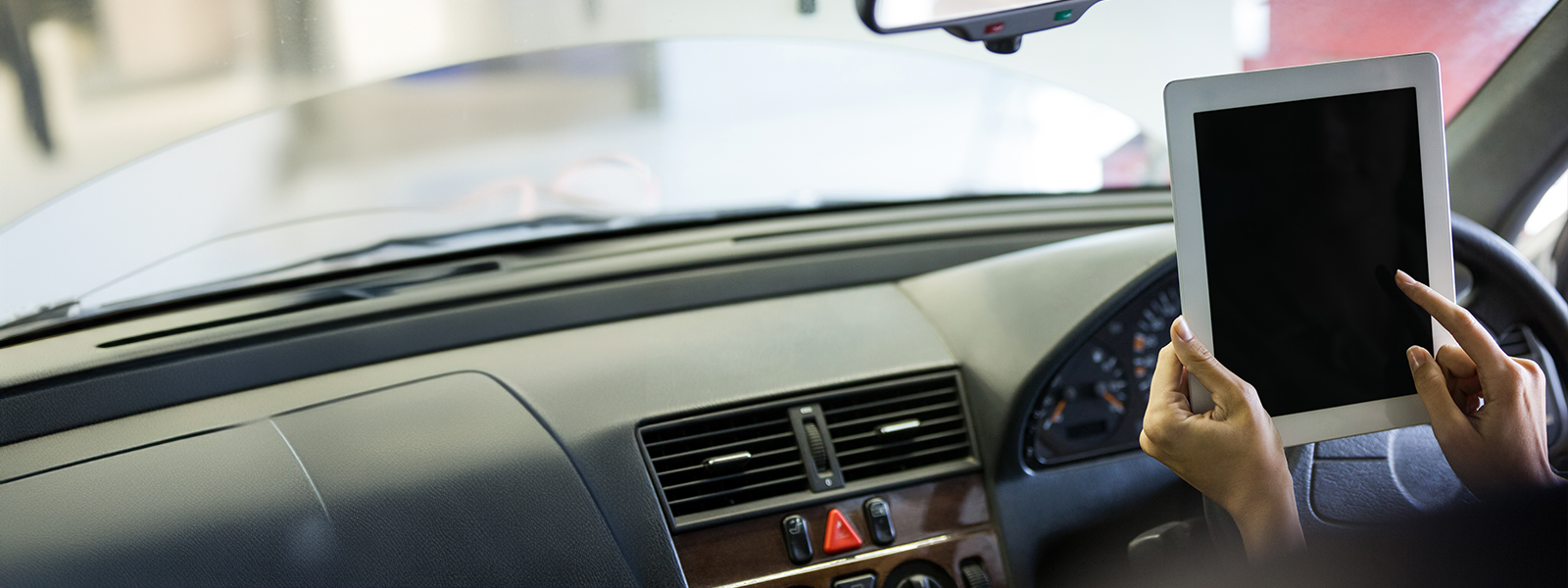Curious about IoT's impact in education and business? Discover how IoT shapes personalized learning, improves security, and streamlines operations. Explore its role in remote collaboration, addressing challenges, and envisioning a promising future for connected classrooms and businesses.
The Internet of Things (IoT) technology rapidly evolves and offers unique advantages to various industries. One such industry is education. By incorporating IoT mechanisms into educational settings, such as smart classrooms and intelligent devices, all involved in the educational process can participate actively and reap maximum benefits. IoT, a network connecting various devices and systems, is transforming multiple sectors beyond smart homes and healthcare, profoundly impacting modern education. This interconnected web of smart devices promises to enhance learning experiences and reshape conventional teaching methods to be more responsive, efficient, and tailored to individual needs.
IoT Redefining Educational Landscape
IoT, often associated with smart homes and advanced healthcare, is transforming education. Its main feature is the ability to connect devices, enabling seamless communication and data exchange. However, its impact on education goes beyond just connectivity; it changes how knowledge is imparted and acquired. IoT is based on interconnecting devices, building an ecosystem where communication flows effortlessly and data exchange occurs seamlessly. As a result, IoT in education catalyzes redefining the dynamics of knowledge dissemination and acquisition.
IoT educational solutions facilitate real-time interaction between students and educational content, enabling educators to gain insights into individual learning patterns. By analyzing data generated from IoT devices, educators can tailor their approach to cater to diverse learning styles and paces. This customized approach enhances student engagement and comprehension, ultimately improving the overall quality of education.
Moreover, IoT-enabled educational platforms promote seamless communication and collaboration among students, regardless of physical location. This creates a globalized learning environment where knowledge sharing becomes borderless, and diverse perspectives are encouraged. By using IoT, the education sector can nurture a generation skilled in leveraging technology, providing them with essential skills for the digital economy. As businesses increasingly seek individuals with robust technological acumen, integrating IoT into education becomes critical for shaping a workforce prepared for future demands.
Personalized Learning, Enhanced Engagement
The integration of IoT in education marks a significant shift, offering a range of possibilities. At its heart lies the personalization of learning experiences, reshaping traditional educational paradigms. The arrival of intelligent whiteboards exemplifies this evolution, engaging students through immersive and interactive lessons. Moreover, IoT devices designed to adapt to individual learning styles serve as catalysts, enhancing engagement and creating a dynamic, customized educational journey.
These systems use IoT devices for learning, creating an ecosystem where educational content dynamically aligns with each student's unique learning pace and preferences. This convergence of technology and pedagogy signifies a significant step in digital transformation within the education sector.
From a business perspective, the infusion of IoT in education cultivates a workforce skilled at harnessing technology. Individuals equipped with IoT-driven skills become valuable assets as industries move towards digital transformations. This synergy between education and IoT creates a talent pool prepared to meet the evolving demands of the business landscape, fostering innovation and driving growth.
Transformative Classroom Dynamics
In imagining classrooms empowered by an array of smart devices, the impact of IoT in education becomes apparent. Each device serves as a pillar, fostering a seamless communication environment. An example of IoT's benefits is the instant feedback mechanisms, which serve as a foundation aiding real-time assessment. These mechanisms streamline the evaluation process and empower educators with timely insights, allowing for swift interventions tailored to each student's needs.
In addition, IoT-driven collaborative projects go beyond physical barriers, enabling students from diverse locations to engage in joint initiatives. This aspect of IoT devices for learning embodies the essence of global connectivity within educational frameworks. It fosters cross-cultural understanding and cultivates essential collaborative skills crucial in the evolving business landscape.
At the core of this innovation lies the concept of innovative classroom solutions. These solutions leverage the Internet of Things education framework to create immersive learning environments. The integration of IoT-enabled education systems facilitates a holistic approach to personalized learning. Such systems dynamically adapt to individual learning styles, redefining the pedagogical landscape by tailoring educational content to match the pace and preferences of each student.
As industries navigate the complexities of digital transformation, individuals proficient in IoT-driven competencies emerge as indispensable assets. The fusion of IoT and education paves the way for a workforce adept at leveraging technology to drive innovation and business growth.
Beyond Traditional Teaching Methods
Integrating the Internet of Things (IoT) in education is a significant digital transformation in the educational landscape. This shift extends beyond the physical classrooms, bringing education to an era with no boundaries. IoT has enabled remote access to vast educational resources, fostering a landscape where learning transcends geographical limitations.
IoT platforms embody the essence of IoT benefits by dynamically adapting to individual learning styles and preferences. This ensures each student receives a personalized learning experience, optimizing comprehension and engagement. Moreover, the real-time data analysis facilitated by IoT devices for learning empowers educators with invaluable insights into student progress, enabling them to fine-tune lesson plans and interventions promptly. It allows educators to tailor their teaching methodologies, ensuring no student is left behind. Through IoT-enabled education systems, teachers can craft lesson plans that cater to their students' varied learning paces and preferences. This personalized approach enhances comprehension and fosters a conducive learning environment where each student can thrive.
Enhanced Security and Efficiency
IoT-integrated classrooms require strong security measures to ensure the safety of students, faculty, and parents. This includes implementing surveillance systems, access controls, and bus tracking mechanisms. These security measures protect physical spaces and ensure the safety of sensitive educational information. This holistic approach to security fosters an environment conducive to learning, where safety and privacy are prioritized.
The integration of IoT devices in education goes beyond enhancing learning experiences. It encompasses a comprehensive approach to security, efficiency, and optimization of administrative tasks. Educators can focus on creating an enriched learning environment by prioritizing security and automating routine administrative functions. This approach prepares individuals to navigate the complexities of data security in the modern business landscape.
Overall, combining IoT and security measures in education creates a fortified environment that supports learning and safeguards sensitive information.
Challenges and the Road Ahead
Integrating the Internet of Things (IoT) in education promises to bring transformative benefits but presents notable challenges. The most significant hurdle is the financial implications of deploying IoT-enabled education systems. Acquiring and implementing IoT devices for learning, alongside the necessary infrastructure upgrades, requires a substantial allocation of resources. Ongoing maintenance and updates further add to the financial considerations that educational institutions must navigate.
Another challenge in the adoption of IoT in education is infrastructure requirements. Establishing a robust and scalable network infrastructure that supports interconnected devices and facilitates seamless data exchange necessitates meticulous planning and implementation. This infrastructure overhaul often demands significant time and resources, adding to the complexities of integrating IoT into educational settings.
Despite these challenges, IoT's potential rewards and benefits to education outweigh the initial impediments. The digital transformation in education brought about by IoT-enabled classroom technology redefines the learning experience. Personalized and adaptive learning platforms enhance student engagement and comprehension, fostering an environment conducive to academic success.
Furthermore, the innovative applications of IoT in education contribute to cultivating essential skills among students. From data analysis to problem-solving in a tech-integrated environment, students gain practical experience aligned with the demands of the evolving business landscape.
The challenges associated with implementing IoT in education are substantial, encompassing financial considerations and infrastructure demands. However, the potential rewards - enhanced learning experiences, skill development, and workforce preparedness for the digital age - outweigh these hurdles, making the integration of IoT a pivotal aspect of the future of education.
Conclusion
IoT is a technology with great potential for the future of education. With the help of AI-powered technologies, 5G networks, and other innovations, IoT will revolutionize classrooms even more. The future of education will be interconnected, intelligent, efficient, and globally accessible. IoT in education is about more than just connecting devices. It's about transforming the way we learn. From promoting collaboration to customizing learning paths, IoT in connected classrooms is the foundation of a highly adaptable education system that prepares students for the future. IoT's role in education is only just beginning, and it promises a future where knowledge is limitless, and learning knows no bounds.



